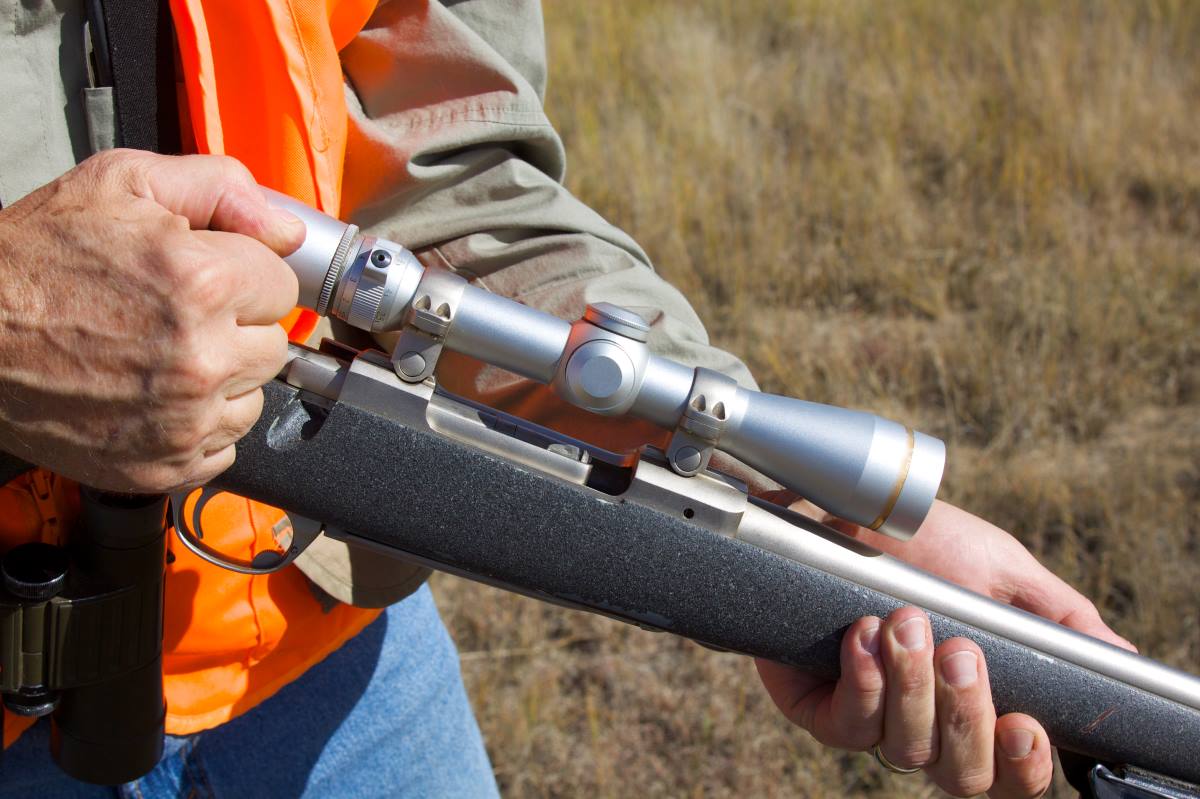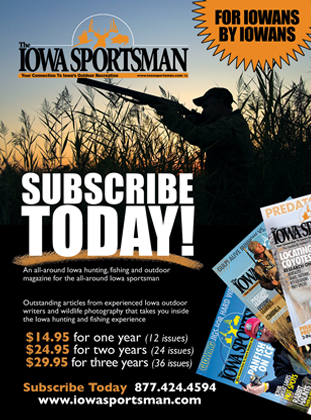Shooting Optics for the Iowa Hunter

Shooting Optics for the Iowa Hunter
Deer season is finally upon us! Whether it’s youth season, early muzzleloader, or if you want to get a jump-start for the December gun seasons, you should begin to get a game plan gathered for your shooting optics. Among the most critical pieces of equipment are your optics, from the shotgun or rifle scope to the spotting scope that saves you miles of walking, and the rangefinder that confirms the distance. Having these tools can be the deciding factor between a filled tag and eating tag soup.
Top-Tier Optics
Not all optics are created equal, and if you want top-end optics, you should consider performance in four key areas. First of all, look at glass and lens coatings. This is the heart of any optic. Premium optics utilize extra-low dispersion (ED) or high-density (HD) glass, which minimizes chromatic aberration (color fringing) and enhances image clarity, resolution, and color fidelity. Furthermore, special and often proprietary lens coatings maximize light transmission, reduce glare, and repel water, oil, and scratches. The result is a brighter, clearer image, especially during the critical dawn and dusk periods when deer are most active.
Next, you want to look at how your optics are made. A top-tier optic is built to withstand the rigors of the field and should be durable. This could mean a one-piece, aircraft-grade aluminum or magnesium alloy main tube for scopes. The optic should be argon or nitrogen purged and O-ring sealed to be waterproof, fog-proof, and shockproof. This ensures internal lenses remain clear and free of condensation regardless of the weather conditions Iowa’s seasons can throw at you. Even though they should be durable, treat scopes with care.
You want to consider the distance you will be shooting. The precision of the windage and elevation turrets on a rifle scope is a telltale sign of quality. High-end scopes feature crisp, audible, and repeatable adjustments. When you dial for a specific distance, you can trust that the reticle has moved precisely as intended and will return to its original zero. Similarly, the focus and zoom mechanisms on all optics should be smooth and precise.
Finally, take a look at the features of scopes and optics. While not directly related to optical performance, user-friendly features are critical for the field in the heat of the moment. This can include well-designed reticles, locking turrets, zero-stop functions on rifle scopes, intuitive controls on rangefinders, and a comfortable, ergonomic design on spotting scopes. A generous eye relief is another critical feature for safety and comfort, especially during the gun seasons, as you might have to shoulder your gun for a quick shot.
Scopes
The typical hunting landscape in Iowa during the gun seasons is a mix of dense timber, rolling hills, and open agricultural fields. Your choice of optics should match the distance you’re planning to make an ethical and clean shot. For the majority of Iowa deer hunters, a versatile, high-quality rifle scope is what to use. A 3-9x is ideal, but other excellent options include 2.5-10x, 4-12x, or even a fixed 4x or 6x for simplicity and durability. If you do a lot of drives, then you might want a lower magnification. Your optics should complement your conditions and the shots you will be taking.
An objective lens of 40mm to 44mm offers a great balance of light-gathering capability without making the scope overly bulky. A simple duplex reticle is effective and uncluttered. For those who want a bit more information, a Bullet Drop Compensating (BDC) reticle can be beneficial. These reticles have holdover points that can be matched to the trajectory of your specific slug or cartridge, simplifying shots at varying distances without needing to adjust the turrets. Look for reticles that are not too fine, as they can be lost in low light. An illuminated reticle—a feature that lights up a small portion of the reticle—can be a significant advantage in the dim light of dawn and dusk, helping your eye to quickly center the aiming point on the target.
For the magnification ranges typically used in Iowa, a Second Focal Plane (SFP) reticle is the most common and practical choice. In an SFP scope, the reticle appears to stay the same size as you change magnification. The holdover points of a BDC reticle in an SFP scope are only accurate at one specific (usually the highest) magnification.
Spotting Scopes
While not a necessity for every hunter, a spotting scope can be an invaluable tool for scouting from a distance, assessing deer in open fields without disturbing them, and confirming if a distant buck meets your criteria. These can reach farther than most binoculars. For the mixed terrain of Iowa, a spotting scope in the 15-45x or 20-60x range provides excellent versatility. You can use the lower end to scan wide areas and then zoom in for detailed observation. A 65mm objective lens is a great all-around choice, offering a good compromise between light-gathering ability and portability. For those who prioritize low-light performance and will be glassing from a vehicle or a stationary position, an 85mm objective will provide a brighter image.
If you don’t use a spotting scope for hunting and scouting, it’s a great tool for sighting in and shooting your gun. They can be set up on a tripod pointed at the target and will save you several trips down range.
Rangefinders
Thirty years ago, when I started hunting, practically no one had a rangefinder. Now, they’re pretty handy for bowhunting, and I like to have one with me for gun seasons. For one, in open fields or hunting over a vast field, it’s easy to misjudge distance. If you have your range finder, you can make the adjustments as needed to make an ethical shot. Look at your ammo that you’re shooting, and you will be able to find the expected drop with the appropriate yardage. With the looping trajectory of shotgun slugs and straight-wall cartridges, knowing the exact distance to your target is critical for accurate shot placement. A quality laser rangefinder will help you figure out the yardage, and it’s up to you to make any adjustments from there.
Lastly, you should practice shooting to prepare for any scenario. Practice with your scopes, figure out your effective range, and build the confidence now for the upcoming seasons.
By Shannon Rivers
October 2025
Here is some Dog Drills to make sure they are ready as well
Or if you are looking for the digital version of this months issue here it is below
Looking for the Cattle/Dairy side of things

